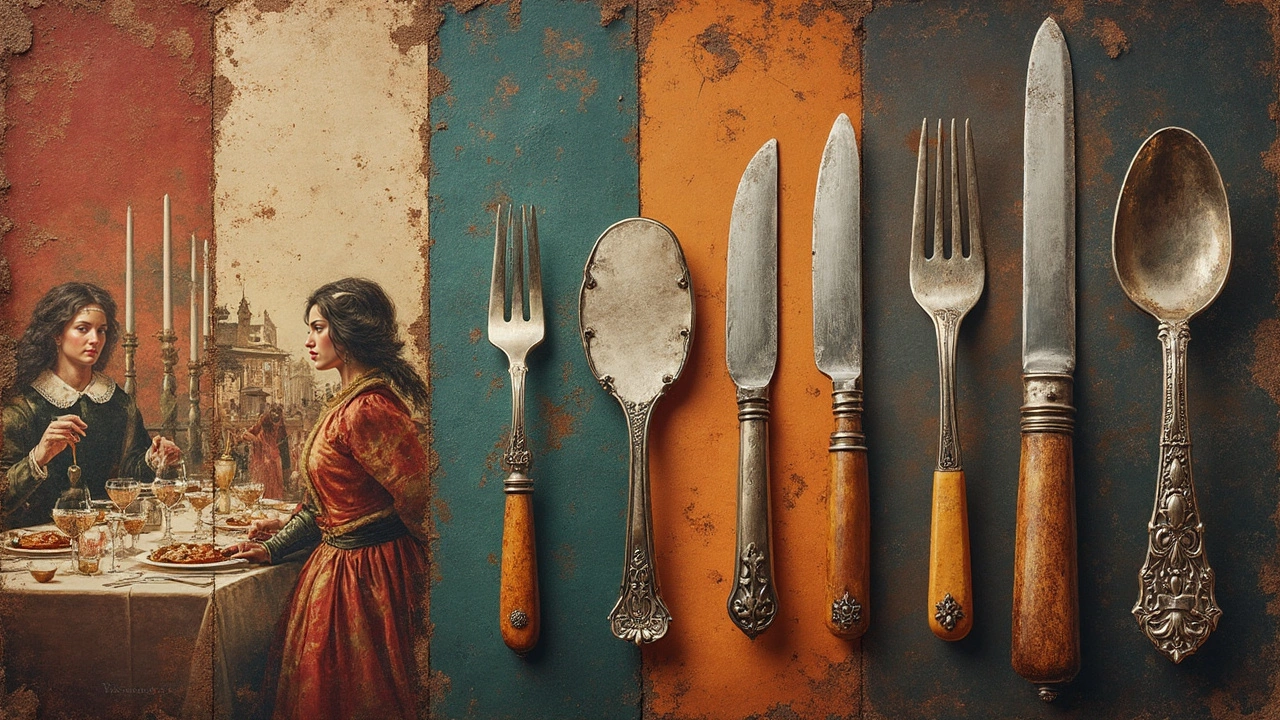Dining Essentials: Build a Stylish, Sustainable Table Setting
Setting a table isn’t just about food – it’s about the vibe you create. Whether you’re hosting a quick breakfast or a big dinner, the right pieces make the whole experience feel intentional. Below you’ll find the must‑have items that turn any space into a welcoming spot, and ways to pick greener options without breaking the bank.
Key Pieces Every Dining Space Needs
First up, the table. A solid, well‑sized table is the anchor of any dining area. Look for a surface that’s easy to clean and sturdy enough for everyday use. Reclaimed wood or bamboo tops are great because they add character and are renewable.
Next are chairs. Comfort matters – you’ll be sitting for at least an hour, so choose seats with proper back support. Mix‑and‑match styles work fine as long as the height matches the table. For a greener pick, check out chairs made from recycled metal or FSC‑certified wood.
Plates, bowls, and mugs are the next step. Opt for durable ceramic, stoneware, or even biodegradable bamboo options. These materials last longer than cheap melamine and feel nicer to hold. A simple, neutral color palette makes it easy to swap in seasonal pieces later.
Don’t forget flatware. Stainless steel is recyclable and stands up to regular use. If you want a lighter footprint, consider bamboo‑handle sets that combine metal durability with renewable handles.
Finally, add a few accessories: placemats, napkins, and a centerpiece. Natural fiber placemats (like jute or linen) protect the table and add texture. A modest vase of fresh herbs or a small potted plant brings life to the setting and can double as a cooking ingredient.
Eco‑Friendly Choices That Save the Planet
Going green doesn’t mean you have to sacrifice style. Look for products with clear sustainability tags – “recycled”, “upcycled”, or “certified sustainable”. Many UK brands now offer locally‑produced dinnerware, which cuts down transportation emissions.
When buying a new table, ask about the finish. Water‑based stains and varnishes emit fewer VOCs than solvent‑based ones, making your indoor air healthier. If you love the look of glass, tempered glass tops are recyclable and can be repurposed if you ever change your mind.
For chairs, check the joinery. Dovetail or mortise‑and‑tenon joints mean the piece can be repaired rather than tossed out. A simple wood screw or a spare cushion can extend the life of a chair by years.
Plate and cup sets often come in bulk packaging. Choose brands that ship in recyclable cardboard or reusable boxes. Some even let you return empty containers for a discount on your next order.
Maintenance is key to sustainability. Hand‑wash ceramic and bamboo items with mild soap, and avoid the dishwasher’s high heat when possible – it saves energy and protects finishes. Spot‑clean wooden tables with a damp cloth and a dab of natural oil to keep them looking fresh.
By focusing on a few well‑chosen pieces, you can create a dining area that looks good, feels comfortable, and respects the environment. Start with a solid table, comfortable chairs, durable dinnerware, and simple, natural accessories – then layer in personal touches as you go. Your next meal will taste even better when the space around it supports both style and sustainability.
-

What Do You Call a Knife and a Fork? Your Go-To Guide!
Ever wondered what makes the humble knife and fork such a dynamic duo in the kitchen? In this guide, we'll explore their historical roots, cultural significance, and practical tips for choosing the right set. Understand why these everyday tools are more than just utensils. Whether you're setting up a new home or simply curious, this will change the way you see your cutlery drawer.
